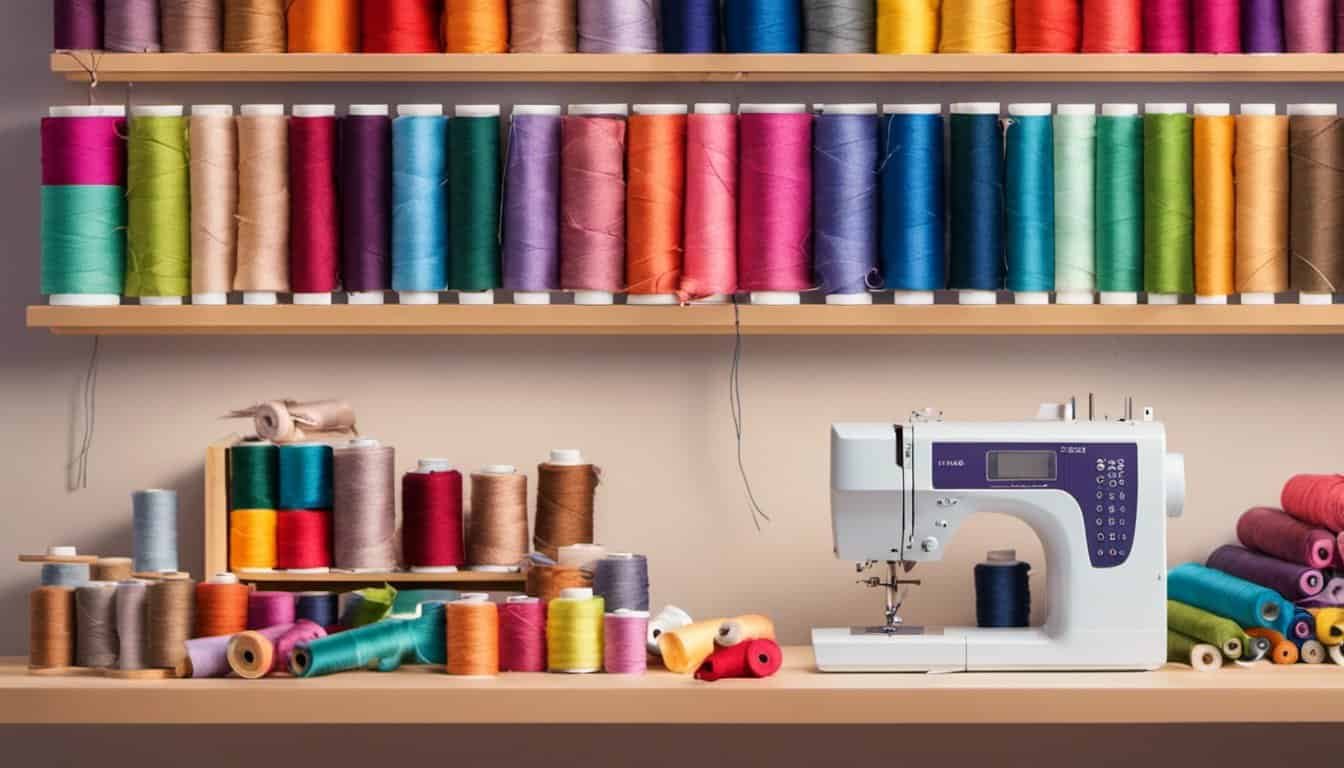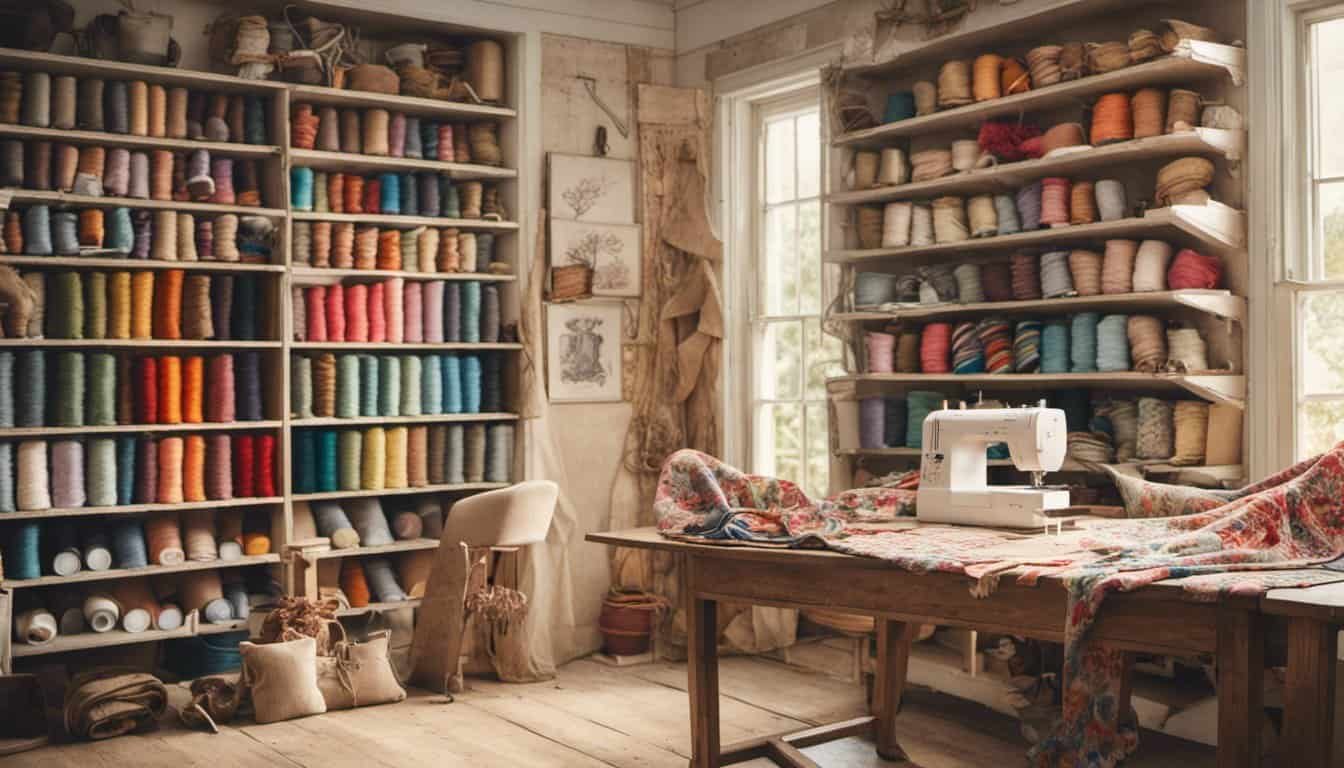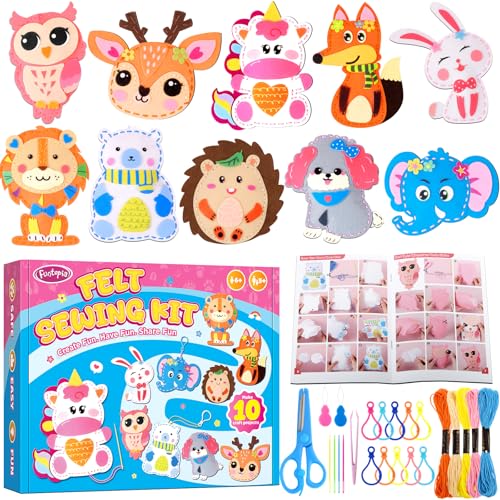I love a good DIY project, especially one that’s both fun and practical. Sewing a sleep mask is the perfect quick project for anyone looking to add a personal touch to their relaxation routine. Whether you’re a seasoned sewer or just getting started, this simple craft is a great way to flex your creative muscles while making something you’ll actually use.
Why Sew Your Own Sleep Mask?
Creating a sleep mask offers control over materials, design, and fit. Store-bought options often use synthetic fabrics, but sewing your own allows for natural, skin-friendly choices like cotton or silk. I can customize the thickness and texture for optimal comfort and light-blocking.
Personalizing a sleep mask transforms it into a unique accessory. Adding embroidery, patterned fabric, or even beading makes it one-of-a-kind. Whether gifting or keeping it, the result feels special and tailored.
Sewing a sleep mask also saves costs compared to high-quality retail models. With fabric scraps or recycled materials, I make it affordable while reducing waste.
By making it myself, I ensure a perfect fit. Adjusting elastic length or choosing adjustable straps guarantees comfort. This makes handmade masks superior to one-size-fits-all products.
Materials Needed
Gathering the right materials ensures a smooth and enjoyable sewing experience. A few thoughtful choices can make all the difference in the comfort and quality of your sleep mask.
Fabric Selection
Choose soft and breathable fabrics for maximum comfort. I recommend natural options like cotton, silk, or bamboo for their gentle feel against the skin. For added luxury, use satin for the exterior. If you’d like to improve light-blocking, incorporate a darker, thicker fabric for the inner layer. Using leftover fabric scraps works well, too.
Essential Tools
Prepare basic tools to simplify the sewing process. You’ll need a pair of sharp fabric scissors, sewing pins or clips, a measuring tape or ruler, and a sewing needle or machine. A thread that matches your fabric color is ideal for a polished look. If hand sewing, a thimble can prevent discomfort during longer sessions.
Additional Supplies
Include an elastic band to secure the mask comfortably around your head. A 10-12 inch piece usually works, although adjustable elastic can enhance the fit. Add lightweight interfacing for structure or batting for padding if preferred. Custom touches like embroidery thread or decorative trim allow you to personalize the mask further. Using a fabric marking pen or chalk helps trace your pattern neatly.
Step-By-Step Guide To Sewing a Sleep Mask
Sewing a sleep mask is simple and enjoyable when broken into clear steps. Follow this guide to create a custom, comfortable mask tailored to your needs.
Preparing Your Pattern
Start by choosing a mask pattern. Use a pre-made template or draw one by tracing an existing mask shape onto paper. Ensure the design comfortably fits your face, covering the eyes fully without pressing against the nose bridge. Leave a 1/4-inch seam allowance around the edges for sewing.
Cutting the Fabric
Lay your chosen fabrics flat. Align your pattern piece on the fabric’s wrong side, pin it in place, and cut around the template. Cut two identical pieces: one for the front and one for the back. For extra light-blocking, cut an additional layer of interfacing or dark fabric.
Assembling the Pieces
Sandwich the fabric layers together, aligning the edges with the right sides facing inward. If you’re adding interfacing, position it on the back side of one fabric piece. Pin or clip the layers securely to prevent shifting during stitching.
Adding Elastic or Straps
Cut an elastic band or fabric strip for the strap. The length depends on your head size; for elastic, 10 to 12 inches works for most adults. Insert the strap’s ends between fabric layers, ensuring it’s evenly placed at each side of the mask for a secure fit.

Final Touches and Finishing
Sew around the mask edges with a 1/4-inch seam allowance, leaving a 2-inch gap for turning. Once sewn, turn the mask right side out through the gap. Press the edges flat, then topstitch around for a neat finish, sewing the gap closed. Add embellishments like embroidery if desired, ensuring they don’t affect comfort.
Tips for Customizing Your Sleep Mask
Customizing a sleep mask adds a personal touch that makes it unique and perfectly suited to your style and needs. Here are some ways to make your project stand out.
Choosing Fun Patterns or Colors
Patterned or colorful fabrics can make your sleep mask visually appealing even when it’s tucked away. I recommend selecting patterns that represent your personality, like floral prints, geometric designs, or soothing pastel tones. For a more luxurious feel, fabrics like silk in jewel tones work beautifully. If you’re gifting the mask, consider the recipient’s favorite colors or prints.
Adding Padding for Extra Comfort
Inserting padding enhances comfort, especially for extended use during naps or nights. I suggest using soft, breathable materials like cotton batting or memory foam for the interior layer. If you’re aiming for a lightweight mask, a thin layer of polyester batting works well. Secure the padding evenly within the fabric layers to avoid lumps or discomfort.
Enhancing with Embellishments
Decorative touches elevate the mask’s overall look while adding a personal flair. I like embellishing with embroidery, such as initials or small floral motifs, for a handcrafted charm. For a glamorous effect, sew on sequins, beads, or lace trims along the edges. Use lightweight embellishments to ensure they don’t affect comfort or functionality.
Benefits of a Handmade Sleep Mask
« How to Sew a Fabric Bookmark for Readers: Easy DIY Steps for Book Lovers
Master Sewing a Fabric Pin Cushion: A Classic Project for Crafting Beginners and Pros Alike »
Making a sleep mask yourself brings comfort, practicality, and creativity together. A handmade mask often offers better quality and unique features compared to store-bought ones.
- Custom Fit for Comfort
A handmade sleep mask ensures it fits your face perfectly, avoiding common issues like gaps or tightness. I can adjust the size, shape, and strap elasticity to meet my exact preferences.
- Material Control
With a DIY mask, I select materials like cotton, silk, or bamboo, which feel gentle on the skin. If I want better light-blocking, I add darker or thicker fabrics.
- Personalized Style
Handmade masks allow me to pick fabrics that represent my style, from bold patterns to soothing neutral tones. For a unique touch, I can add embroidery, monograms, or embellishments.
- Cost-Effectiveness
Using scrap fabric or recycled materials, I reduce waste and save money. Creating an affordable, custom mask feels satisfying compared to paying for high-end options.

- Eco-Friendly Approach
Choosing natural or biodegradable fabrics avoids synthetic alternatives that often harm the environment. I reduce my ecological footprint by making conscious decisions during crafting.
- Gift Potential
Homemade sleep masks make thoughtful gifts. Adding special designs, names, or messages gives my creations a personal and heartfelt touch.
- Increased Relaxation
A well-made mask, designed for my comfort, blocks out light effectively and promotes better sleep. I enjoy the relaxation benefits while knowing the effort I’ve put into making it.
This project combines creativity and functionality, leaving me with a sleep mask tailored to my needs.
Conclusion
Sewing a sleep mask is such a rewarding project. It’s quick, creative, and leaves you with something both beautiful and practical. Whether you’re crafting for yourself or making a thoughtful gift, the ability to personalize every detail makes it truly special.

I love how this project lets you combine functionality with your own unique style. Plus, knowing it’s handmade with care adds a little extra comfort every time you use it. So grab your materials, let your creativity flow, and enjoy the process of making something that’s as relaxing to create as it is to use!

















